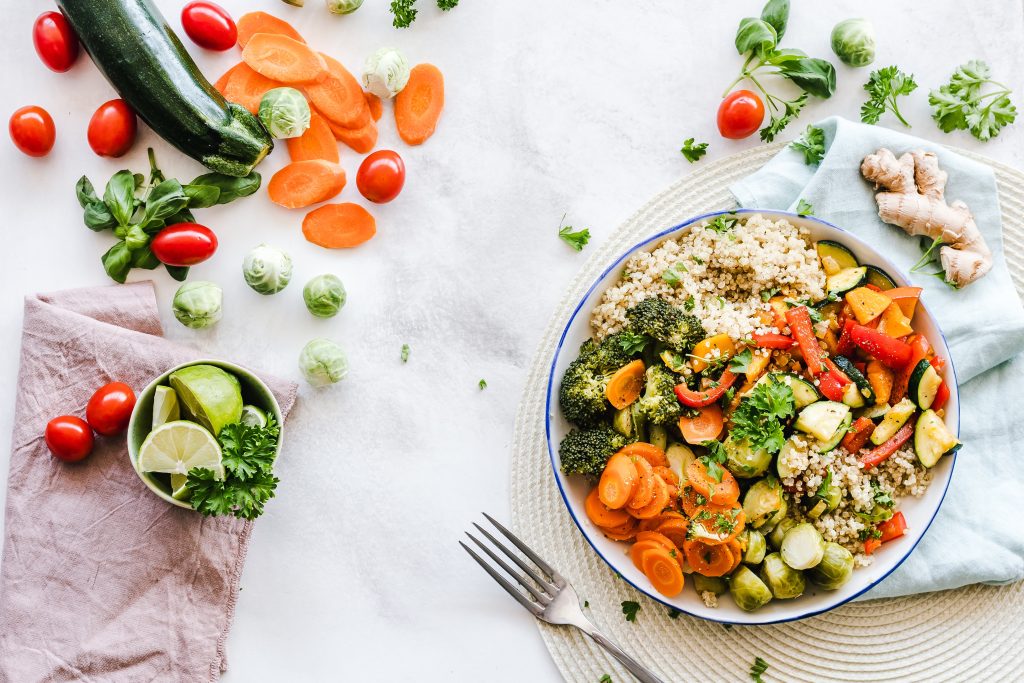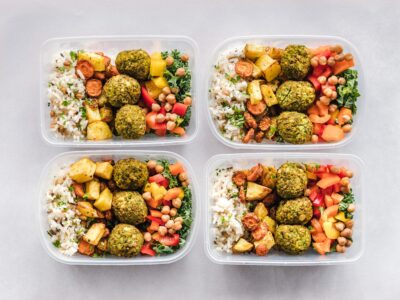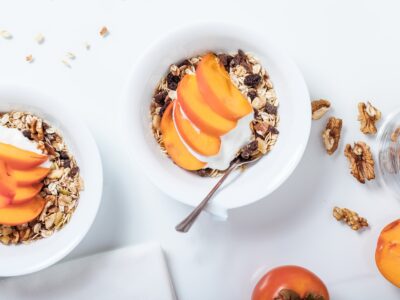Eating whole foods is much more of a lifestyle than a diet. It’s a highly nutritious way of eating and is naturally high in fibre, vitamins and minerals. The focus is on healthy “real” foods that are as close to nature as possible. Whole foods are very minimally processed (or in many cases, not processed at all).
If you’re thinking about moving onto a whole food diet, here’s what you need to know about how it works and the different forms it can take.
The Whole Food, Plant-Based Diet (WFPB)
The WFPB diet is a lifestyle that focuses on whole foods that have been minimally processed. Fruits, vegetables, nuts, seeds, legumes and whole grains form the majority of the foods but animal products are okay in small amounts if you choose to do this.
Some people eat a little poultry, fish, eggs and dairy on the WFPB diet but this is a personal preference. Animal products aren’t completely off-limits unless you choose to avoid them completely.
If you decide to omit animal products, you’ll need to make sure that your meals are carefully balanced to avoid nutrient deficiencies. Protein can still be delivered in the form of nuts, seeds, beans, legumes and soy products but keep an eye on iron, zinc and B12 intake (which can be an issue if you avoid meat and other animal products).
The Whole Foods Diet
The whole foods diet isn’t a restrictive way of eating. Fruits, vegetables, nuts, seeds, whole grains, legumes are the bulk of the diet. Frozen and canned fruits and vegetables are perfectly fine, as long as they aren’t frozen with additives.
It’s a very sustainable way of eating as most healthy food is on the menu. For most people, it offers balanced nutrition and is a safe lifestyle choice. If you want to eat a diet that’s mostly plant-based but also has the flexibility to include more animal products, the Whole Food diet may work for you. Poultry, fish, eggs and some dairy are important elements of this diet.
The only foods and drinks that are truly “off-limits” are those that are highly processed, sodas, chocolate, sweets and anything with added sugars, colourings, flavourings, preservatives and other artificial ingredients.
Cutting these types of foods out of your diet can lead to weight loss and is likely to improve your health. It can potentially reduce the risk of developing diabetes, heart disease, arthritis and cancer. It may also be able to slow down the rate of cognitive decline.
But if you have any underlying medical conditions, it’s a good idea to speak to your doctor before embarking on any change of diet. You may need extra support to make sure that you’re making nutritional choices that support your condition.
The Whole 30 Diet
If you’re looking to try a WFPB way of eating, you’ll likely come across the Whole 30 diet. This is more of a “reset” that encourages the body to heal and repair than a diet but it does restrict certain food groups, which doesn’t happen on the whole food diet or WFPB eating.
It’s based on the theory that many foods and drinks in the typical Western diet are highly inflammatory, including sugar, alcohol, dairy, grains and legumes.
After 30 days on the Whole 30 diet, the “no go” foods are gradually reintroduced one by one over the next 10-14 days. If any of these foods results in symptoms, they should be removed again.
Timings of meals are not restricted but the recommended plan is to have three meals with no snacks in between.
You may lose weight on the Whole 30 diet and it may encourage a more mindful way of eating. But it’s not been heavily researched with regards to health benefits and it does cut out key food groups. This can sometimes lead to nutritional deficiencies and has the potential to affect your relationship with food and your body image.
If you’re wanting to try the Whole 30 diet, it’s wise to consult a medical professional before you start, especially if you have underlying health problems or you favour a vegetarian or vegan diet.
It’s a very strict plan with no flexibility for eating “off-limit” foods, which can make it very difficult for vegetarians and vegans who would normally get their plant protein from beans and legumes.
Which form of whole-food, plant-based eating is right for you? A lot will depend on whether you want to include animal products or if you’re happy to cut them out. Both the WFBP diet and the whole foods diet can have plenty of health benefits and are sustainable types of plant-based eating.





